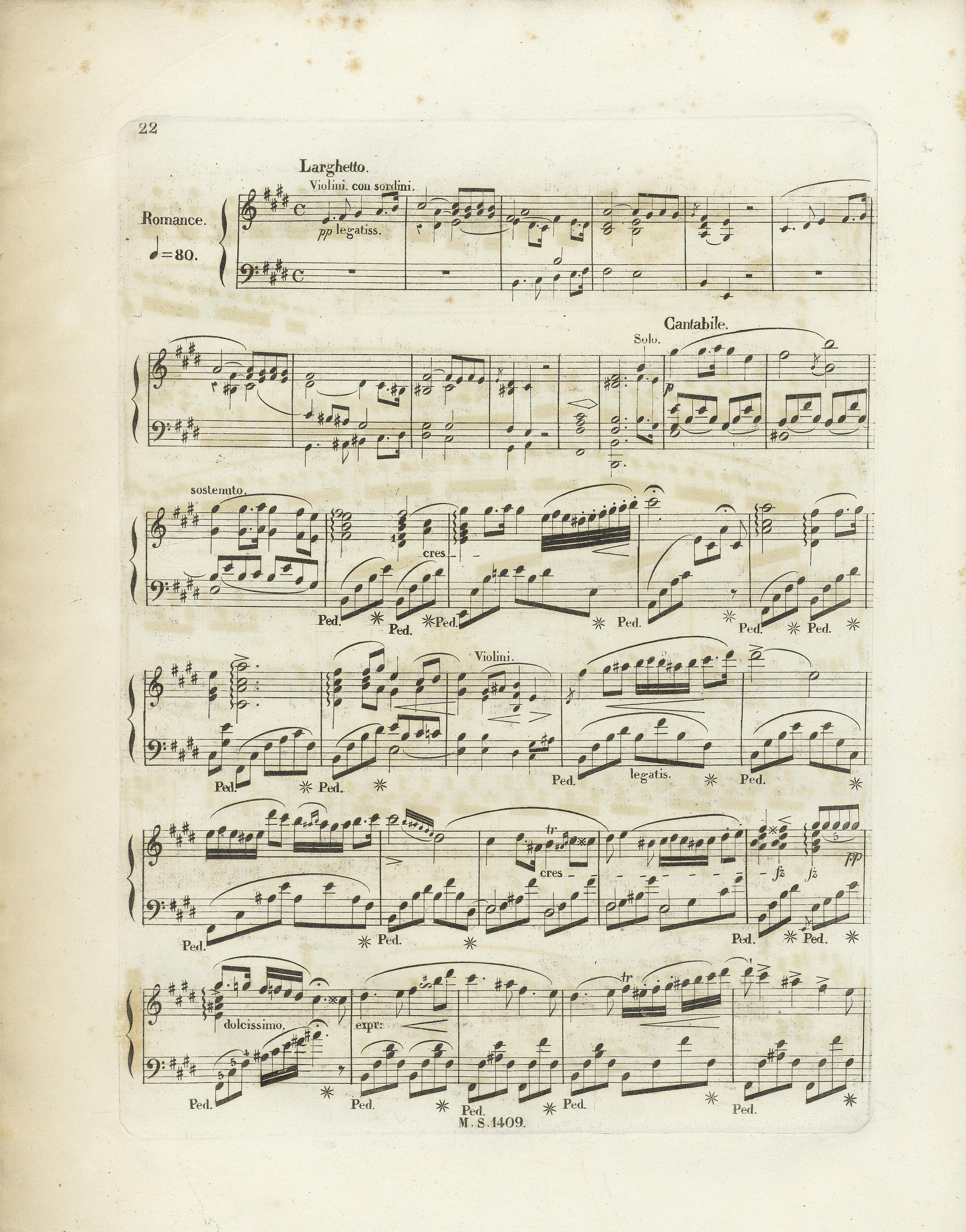



The engravers did not always reproduce marks in the form of a reversed accent (short or long) correctly, which can be confirmed when the autograph is preserved, e.g. in the Concerto in F minor, op. 21, the 2nd mov., bar 84. These marks, used by Chopin relatively rarely, generally emphasise the expressively significant second note in an ascending progression of seconds (generally in semitones). However, when the manuscript is not available, it is uncertain what the intended placement and size of the mark were. What is more, even the reversal of the mark could be an error of the engraver – such a mistake would often be committed in the case of dynamic hairpins (e.g. in the Etude in C minor, op. 10, no. 12, bar 53). Analysis of a few situations containing similar marks, e.g. the aforementioned Concerto in F minor, the Scherzo in B minor, op. 20, bars 329-332 and analog. or the Prelude in A minor, op. 28, no. 2, bars 15-16, suggests that it is the reversed long accent that we assume the most likely reconstruction of the notation of [A].
Compare the passage in the sources »
category imprint: Editorial revisions
issues: Sign reversal
notation: Articulation, Accents, Hairpins



